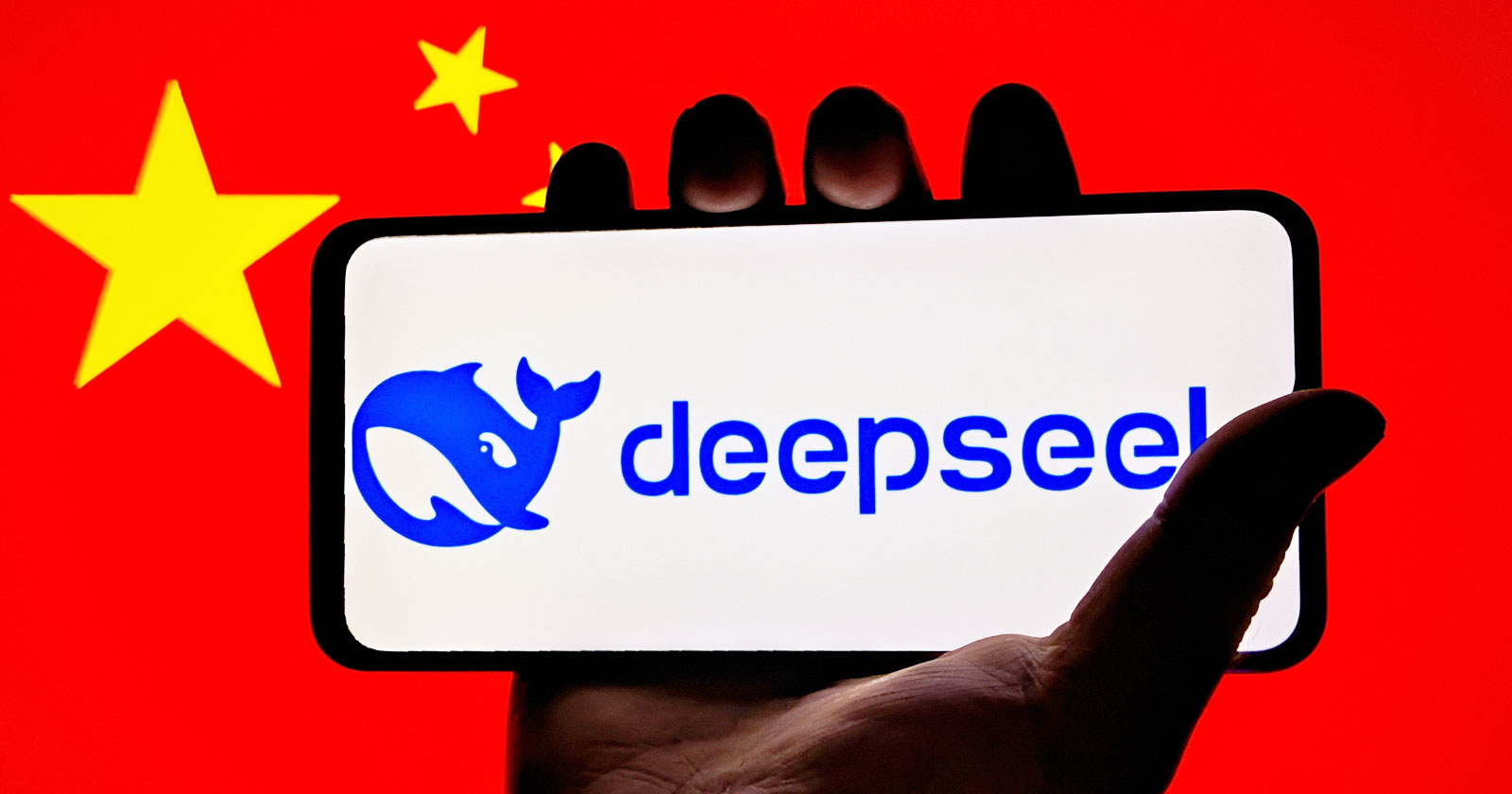S’pore gaming company Mighty Bear on raising US$10M to make blockchain games and entering Web3
"We wanted to be a part of the next generation of gaming," says CEO Simon Davis on Mighty Bear Games' decision to make blockchain games.

Blockchain gaming continues to grow despite the crypto winter. In doing so, the industry has had to adapt and mature at a faster pace than ever before. The play-to-earn model — which was all the rage less than a year ago — has largely been replaced today.
Crypto gaming companies are now swearing by the play-and-earn ethos instead. It’s primed to be more sustainable, with an equal emphasis on both gameplay and crypto mechanics. Play-to-earn games often ignored the former, luring in users with the promise of free money and offering little by way of entertainment value.
The play-and-earn model is proving to be more enticing, not only among crypto natives, but traditional gaming enthusiasts as well. For homegrown game development studio Mighty Bear Games, it’s an ideal time to venture into the world of Web3.
Established in 2016, the company is known for mobile games such as Disney Melee Mania. In July this year, Mighty Bear raised US$10 million to build its own ecosystem of blockchain games.
Venturing into blockchain gaming
 Simon Davis, CEO of Mighty Bear Games / Image Credits: Mighty Bear
Simon Davis, CEO of Mighty Bear Games / Image Credits: Mighty Bear“We’ve been looking at creating a game on the blockchain since as early as 2018, but we could never really see an avenue to make it a fun experience,” says Mighty Bear CEO Simon Davis. “It was only in late 2021, after wrapping up development on our last title, that we revisited the idea.”
By this time, the first wave of Web3 gaming — led by popular titles such as Axie Infinity — had already seen immense success. “It showed us that there was great potential in creating an amazing experience with NFTs and we wanted to be a part of the next generation of gaming.”
From the jump, Mighty Bear realised the importance of balancing playability with the potential to earn money. It was the only way to ensure the longevity of their games.
“Games need to be fun to be sustainable,” explains the company’s Web3 Lead, Michael Arnold. “Players should genuinely enjoy the game, such that they spend money for entertainment rather than just investment.”
Blockchain games reward users with crypto tokens. If users are purely driven by the prospect of earning money, they would continuously sell off their rewards, leading to a fall in token value over time. For a game to be sustainable, there need to be incentives, which motivate people to use the tokens for other in-game purposes — whether it’s buying cosmetic upgrades or new avatars.
“We want to reward skill,” said Arnold, explaining Mighty Bear’s approach to sustainable blockchain gaming. This is showcased in the studio’s first Web3 release, Mighty Action Heroes.
“The highest ranking players will be able to earn NFT heroes and equipment. This helps reward the most competitive and talented players while excluding bots that try to exploit the ecosystem.”
Developing Web3 games
In order to make the shift into Web3, Mighty Bear had to train its team which had only worked on Web2 games up until this point. Arnold was one of the new members hired to facilitate this internal shift.
The Web3 space has traditionally had a very high barrier to entry and can be intimidating to many, especially those without an intrinsic interest in the technology and culture. We designed a whole onboarding experience for the team and are continuing to source for more Web3-native talent as well.”
– Simon Davis, CEO of Mighty Bear Games The Mighty Bear team has almost 60 members today / Image Credits: Mighty Bear
The Mighty Bear team has almost 60 members today / Image Credits: Mighty BearDeveloping for Web3 involves a wider range of considerations than Web2. From monetisation to tokenomics, game studios need to establish how crypto-based elements will influence gameplay and the overall user experience.
“A lot more care and craft goes into designing sustainable and engaging economies, while also building a fun game that people want to play regardless of the earning model.”
With Mighty Action Heroes, Mighty Bear decided to leverage on their existing capabilities. “Our team has experience in making core genres like Battle Royales and MOBAs more accessible for a wider audience,” says Davis.
The team used what they had learnt from their previous games, and brought it all together in the Web3 space.
The future of blockchain gaming
Davis compares the onset of blockchain gaming to the free-to-play gaming model which emerged in the early 2000s. Prior to that, games were sold as CDs or cartridges for a fixed price.
Free-to-play gaming introduced new ways of monetisation where anyone could enjoy the core gameplay and then choose to pay for upgrades, additional content, or other benefits.
There was vehement outcry then about the monetisation model since it was so different from the traditional box game approach. However, over time, free-to-play became part of the landscape.
Eventually, there will no longer be a distinction between Web2 and Web3 games — they’ll just be games.
– Simon Davis, CEO of Mighty Bear GamesFor Mighty Bear, this is only the beginning of their foray into Web3. Mighty Action Heroes is the first of several more games to come, all making up a part of the MightyNet ecosystem.
Featured Image Credit: Mighty Bear
Also Read: “If the play-to-earn game is not fun, then it will not have long-term success”: Oasys Director

 Troov
Troov 
































